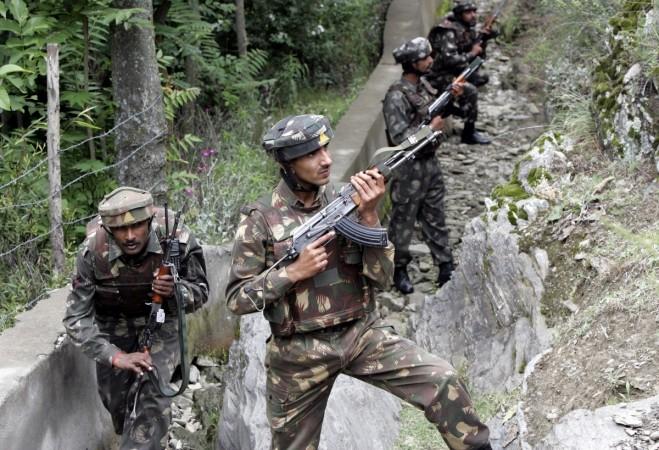
Amid the domestic and international political slugfest that has emerged in the aftermath of India's admission of conducting surgical strikes to destroy terrorist launchpads across the LoC, a new report suggests that two of the bloodiest cross-border surgical strikes took place during UPA's tenure in the summer of 2011.
At least 13 soldiers were killed in these strikes and six of them were decapitated. Out of them, five heads were carried across the border as trophies– three to India and two to Pakistan according to a report by the Hindu that cites Major General (retired) S K Chakravorty as a source. He is believed to have planned and executed the operation as the chief of Kupwara-based 28 Division.
The revelation lends some credence to the statements by then senior Congress leader Sharad Pawar who had claimed recently that there were four surgical strikes against terrorists across the Line of Control (LoC) during the UPA government. His statements were challenged by BJP leaders such as Shaina NC who had said "I think people of India will want to know, when these so called four surgical strikes took place," she had been quoted saying to ANI.
Operation Ginger
Indian Army planned Operation Ginger, to avenge an attack by Pakistani raiders who struck a remote army post in Gugaldhar ridge in Kupwara, on the afternoon of July 30, 2011. Pakistani Border Action Team (BAT) took back the heads of Havildar Jaipal Singh Adhikari and Lance Naik Devender Singh of 20 Kumaon. A soldier of the 19 Rajput, who reported the attack, died later in a hospital.
Operation Ginger was carefully hatched and in order to maximize precision, at least seven reconnaissance — physical and air surveillance mounted on UAV — missions were carried out to identify potential targets. Three Pakistani army posts– Police Chowki, a Pakistani army post near Jor, Hifazat and Lashdat lodging point were selected as vulnerable.
Eventually, Police Chowki was selected as the main target to inflict maximum casualty as revenge for the Gugaldhar beheadings.














